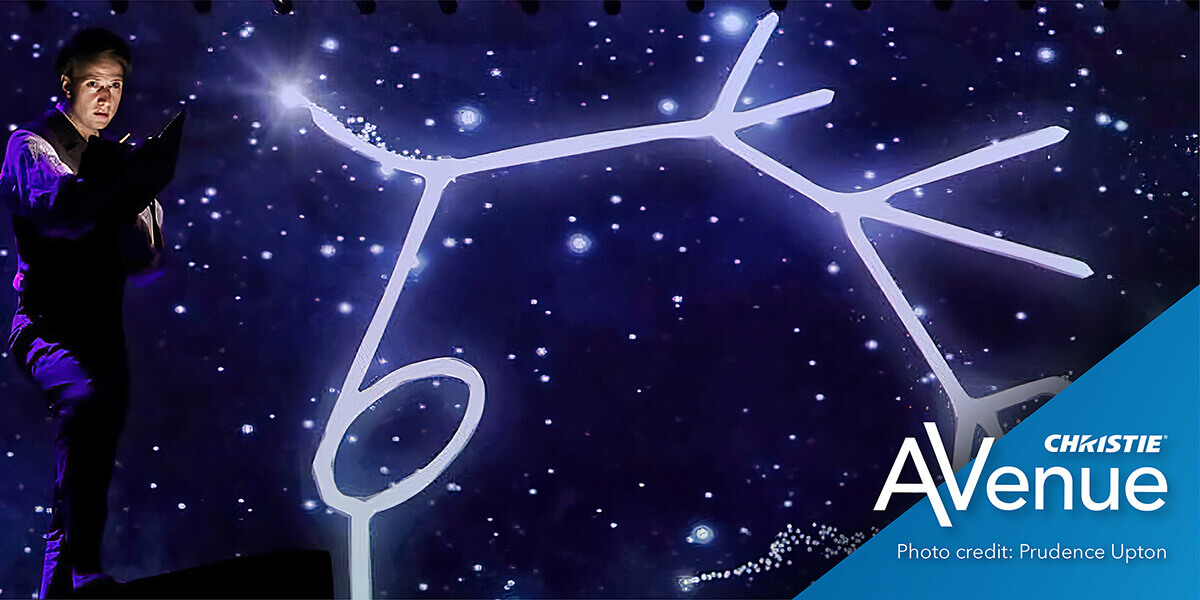When puppetry meets projection: Australia’s Dead Puppet Society

At one end are confections of wood, metal, wires, and string; at the other, the very apex of projection technology, and in between them is something extraordinary. This is Dead Puppet Society, and it will change the way you think about puppetry, theatre, and the world.
A character and a story to tell
Dead Puppet Society is one of a new generation of production houses proving that this art form is for everyone, not just for children. Yes, the desire to make inanimate objects come to life starts early — it doesn’t matter if it’s a toy car, a human figure, or an unusual-looking stone, any child will give it a character and a story to tell — but you only need to look at The Muppets, “War Horse,” or Dead Puppet Society to see the power of that trick does not dull as we age. As with projected images, what we see on stage isn’t “real,” and we know it’s not real. But we allow ourselves to believe it is; we want the trick to work because the deception is so delightfully rewarding, just like the one we played on ourselves as children.
What Dead Puppet Society does to great effect is combine the puppeteer’s ancient sleight of hand with the technologist’s manipulation of light to tell big stories.
“The reason we came to puppetry in the first place was not for a love of puppets. It was because we wanted to tell stories that were too big or complicated for human actors to tell on stage,” explains David Morton, creative director of the Dead Puppet Society. “And in our early days — when the only thing we had at our disposal was infinite amounts of time and energy — we could make puppets out of paper and beings out of objects and create worlds not based around human performers.”
And he says projection brings them more of that freedom.
“The way we incorporate projection into our work is as though the story wouldn’t work without it,” Morton explains. “A large part of why we use cameras and projection technology is so we can build puppets on an intimate, intricate scale and show them large enough for audiences to see. It’s never just an added flourish, and because we’re not the sort of a company that likes token add-ons, projection is treated with the same amount of respect as the puppets we create.”
The Wider Earth
This combination of puppetry, live performance, and projection can be seen most clearly in their award-winning story of a young Charles Darwin and his voyage on HMS Beagle — “The Wider Earth”. To make this performance possible, they use Christie® DWU1075-GS 1DLP® laser projectors equipped with Mystique™ automated camera-based alignment and recalibration solution, along with Pandoras Box® Manager, Widget Designer, and Pandoras Box Software for content management, processing, and control.
Fittingly, this ecosystem of projection, performance, and puppetry works in perfect harmony, with no one element upstaging any of the others. Everything is wholly believable.
The childhood trick of animating the inanimate is complete.






